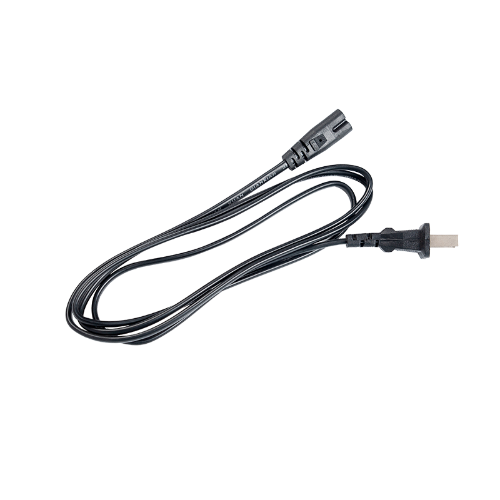The load requirements for a power extension cable depend on the electrical devices or equipment that will be connected to it. Load refers to the amount of electrical power (measured in watts) that a device consumes when it is operating. When selecting a power extension cable, it's essential to consider the total load or power requirements of the connected devices to ensure that the cable can safely handle the electrical demand.
Here are steps to determine load requirements for a power extension cable:
Identify Connected Devices:
Make a list of all the electrical devices or equipment that will be connected to the power extension cable. Include their power ratings, usually measured in watts (W) or kilowatts (kW).
Check Power Ratings:
Check the power ratings of each device. This information is typically provided on the device's nameplate or in the user manual. The power rating indicates the amount of electrical power the device requires to operate.
Consider Surge or Starting Current:
Some devices may have a higher current draw when starting or during a surge. Consider this surge or starting current when assessing the load requirements, especially for devices like motors or compressors.
Check Cable Ratings:
Ensure that the power extension cable is rated to handle the total load. This includes checking the cable's voltage and current ratings, which are typically indicated on the cable itself or in its documentation.
Select Appropriate Cable Gauge:
Choose a power extension cable with a gauge (wire size) that can safely carry the total load without excessive voltage drop. The cable gauge is crucial for preventing overheating and ensuring efficient power transmission.
Safety Margin:
It's advisable to include a safety margin when calculating load requirements. This helps ensure that the power extension cable is not operating at its maximum capacity, reducing the risk of overheating and potential safety hazards.




 English
English русский
русский















